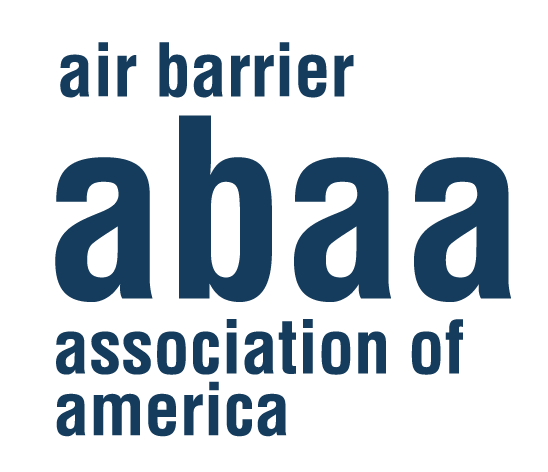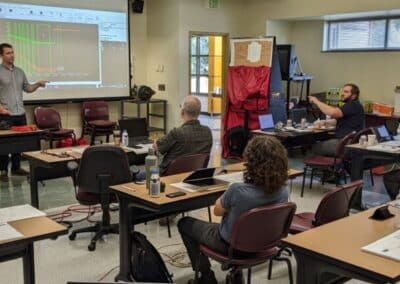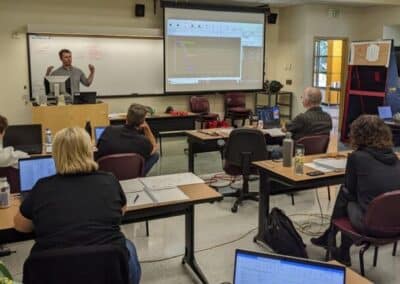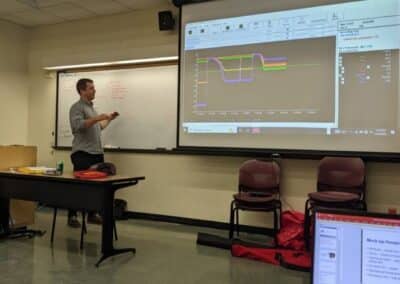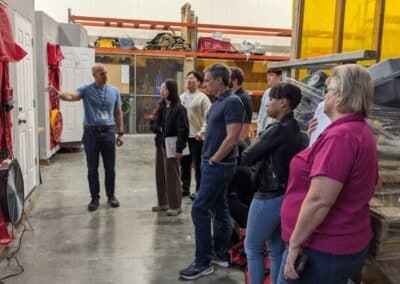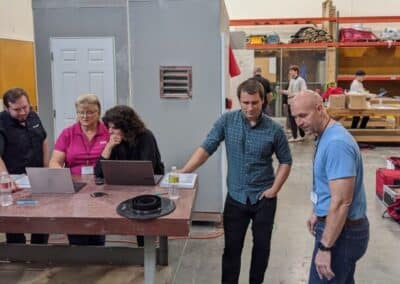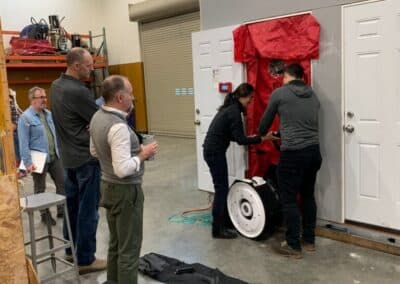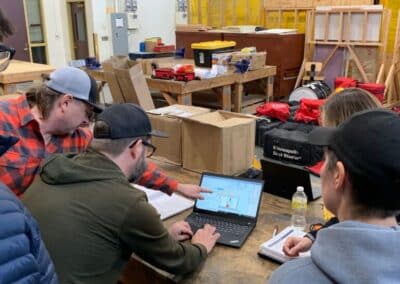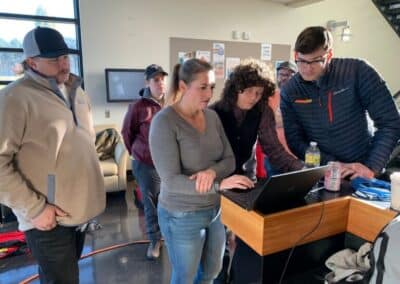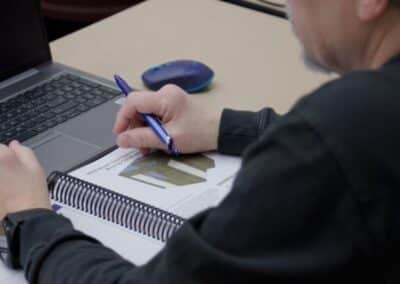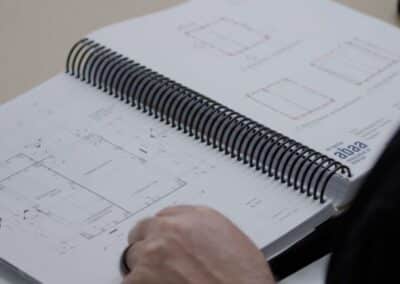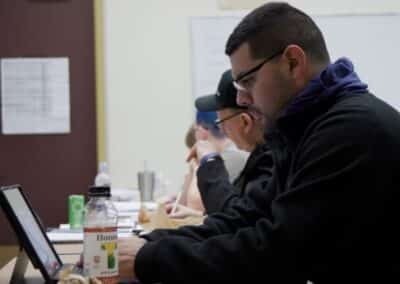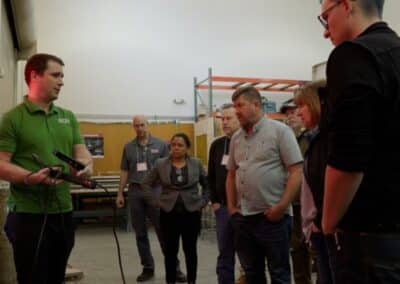Whole Building Airtightness Technician Program
Blower Door Technician Training
Overview
An interactive, 40-hour, 5-day, in-person training program, centered on commercial blower door testing, featuring conceptual learning and practical hands-on instruction from industry experts and representatives from both blower door manufacturers.
Course Description
The purpose is to educate both entry-level and experienced blower door technicians in the planning, preparation, and execution of a blower door airtightness test on commercial and large buildings in conformance with industry standard test methods.
Currently it is the MOST comprehensive blower door testing training program available covering ASTM E3158, E779, E1827, CGSB 149.10, ISO 9972, and USACE (2012) test methods.
The training aims to equip blower door technicians with the knowledge, skills, and abilities necessary to appropriately evaluate, prepare, test, analyze, and report on a building’s airtightness performance.
For the purposes of demonstrations, activities, and simulations, this training program uses equipment from two widely used blower door fan manufacturing companies.

Course Length: 5 Days
Training Course Fees:
- Members – $2,500.00
- Non-Members – $2,850.00

Conceptual Learning
For two days trainees will have conceptual learning in a classroom style setting. Topics include learning about the impact of airtightness on building performance, understanding testing equipment, and interpreting commonly referenced standards.

Hands-on Training
Using physical mock-ups and hands-on instruction trainees will spend two days learning to plan, prepare, conduct a blower door test.

Performing a Test
The session concludes with learning to troubleshoot common testing issues, analyzing testing results, and report writing.
Prerequisites

It is highly recommended that students of the program have some existing knowledge and skills including:
- Have general knowledge of construction documents and know how to read construction drawings and specifications.
- Have a basic understanding of airtightness test standards and air flow concepts.
- Have some experience operating blower door fan equipment and related accessory equipment.
Hear what training attendees have to say about the Whole Building Airtightness Training Program.
View these short WBA training videos.
Training Modules
Module |
No. of Hours |
Learning Outcome(s)
|
|
Day 1 |
Module 1 Training Program Introduction |
1 |
|
|
Module 2 Building Air Leakage Overview |
2 |
|
|
|
Module 3 Testing Equipment |
5 |
|
|
Day 2 |
Module 4 Testing Approach |
4 |
|
|
Module 5 Testing Compliance Factors |
4 |
|
|
|
Module 6 Planning a Test |
4 |
|
|
Module 7 Preparing a Test |
4 |
|
|
Day 4 |
Module 8 Performing a Test |
8 |
|
Day 5
|
Module 9 Performing a Test Activities |
6 |
|
|
Module 10 Reporting Test Results |
1.5 |
|
|
|
Module 11 Program Summary and Wrap-up |
0.5 |
Physical Mock-Ups
The training program uses mock-up structures for live demonstrations and test simulation purposes. Mock-up structures consist of framing, sheathing and include windows, doors, and other penetrations for operational and enclosure airtightness testing.
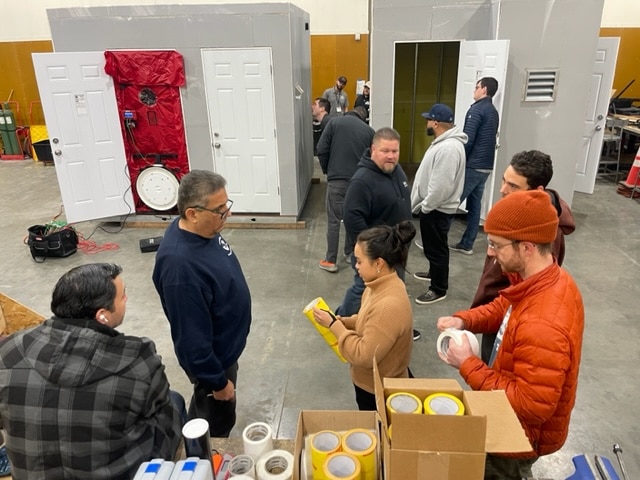
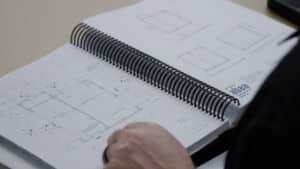
Training Manual Content
Each student will be provided a training manual which has been developed for both independent self-study learners and as a companion for students use during the live program delivery.
The manual is organized by training modules and serves as a workbook filled with activities that the students will be completing during the training program.





